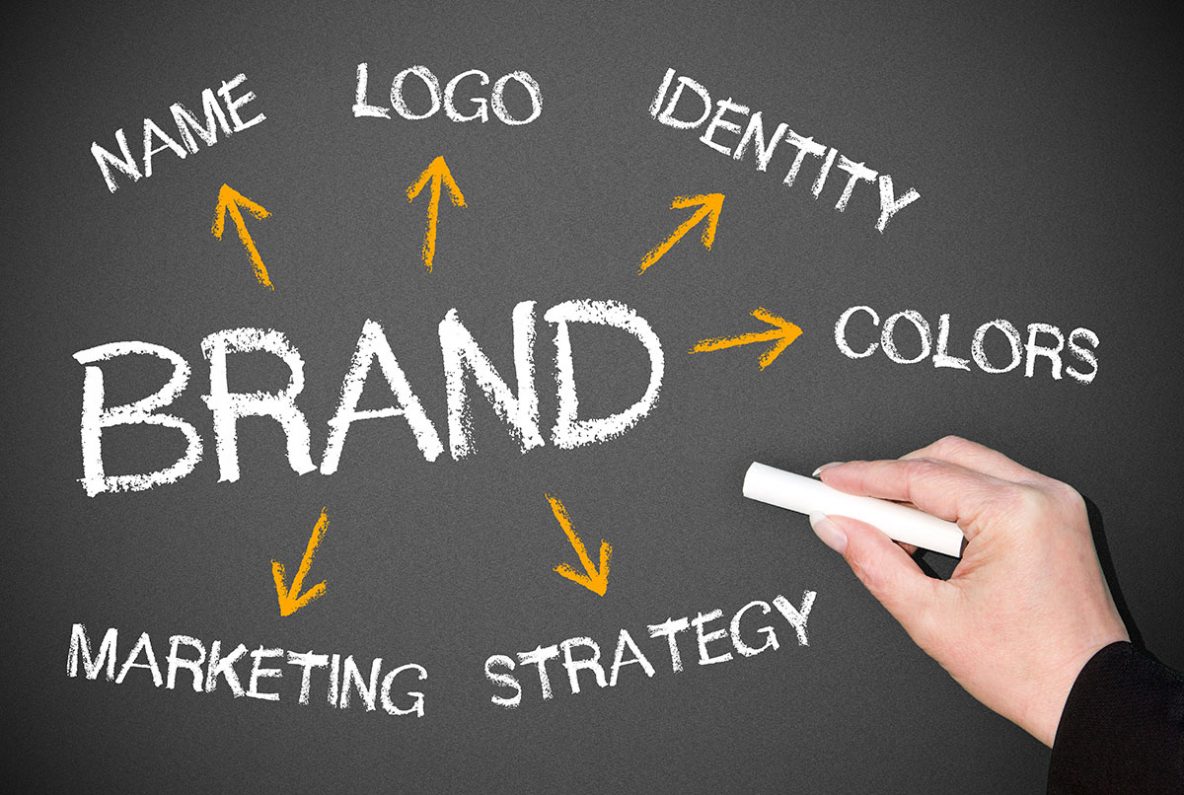
What is Branding?
Hint: It is More Than Just Your Logo
Posted June 9th 2017
By: Ohno Design Team
Most business owners understand the value of creating quality marketing pieces to build a trusted brand. But many don’t realize how much care and effort is required to build and maintain a brand.
The first thing start-ups do is to pick a name for the purpose of identifying themselves. This is actually the first step of your branding process. Unfortunately, when some companies come in to Ohno Design asking for help with their visual identity, the name they have chosen may only make sense to them. They have chosen the name of their business for their personal emotional attachment, not taking into consideration their potential clientele’s perception. Or, worse yet, they have chosen a name that is not unique enough to set them apart from competitors or other businesses affecting the results of the all-important Google search. New businesses should consider contacting a marketing company even before they have established their company name for guidance in creating successful marketing plan from day one.
Many companies think their logo is their brand. This is a misconception. Decades ago, a brand was thought to be primarily a logo, sign or symbol that attached a product to a company. Today, logos are still important, but alone aren’t enough to distinguish your business. Your logo should be considered a piece of your business identity to be used in your marketing materials.
Compared to building a brand strategy, marketing is simple, and easier to understand. Companies attempt to weave together language, symbols, and pictures to communicate a strong, unique identity that consumers connect to on a positive emotional level.
As you choose your business name and identity and start creating marketing materials, remember that marketing and branding are different. You control your marketing materials and how you tell your story, but you can’t control how people react to that story.
Ultimately, the consumer’s reaction defines your brand from their exposure to your products, services as well as your marketing efforts. But this doesn’t mean you’re wholly without influence. The consumer reacts to you, which means you can create a brand strategy to guide them to the “brand position” you’re targeting. The feeling they get when they experience your company identity creates interest and eventually loyalty.
It boils down to consistency in your marketing materials and the customer experience related to your product or service. Veering off track can result in unrealized or lost sales and to expending of valuable resources to make necessary and excruciating course corrections.
At the end of the day, it’s necessary that your company’s efforts are defined by your aspirations as a business in order to establish a clear, believable and reliable brand. Your brand should be unique enough to establish a significant and differentiated presence in the market you are targeting. Customers will evaluate and judge your company based on their initial encounter with your brand and continue to reevaluate over time. So, it’s worth putting the time, energy and creativity into building a successful brand to attract and retain loyal customers. Isn’t that why you started this in the first place?
The Ohno Design team focuses on partnership with developing companies and established brands looking to strengthen their brand positioning. Contact us to begin a discussion on how we can help.
This is written by a member of the Central Michigan University Research Corporation community; however, the thoughts expressed in this blog post are the views of the writer, not necessarily CMURC.









